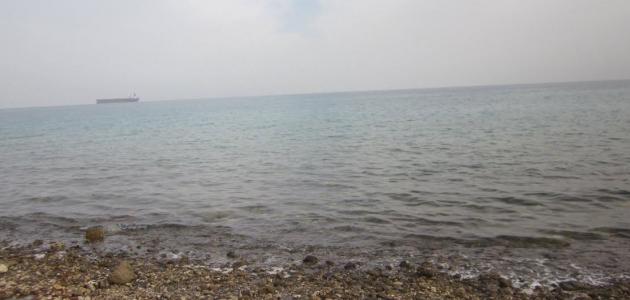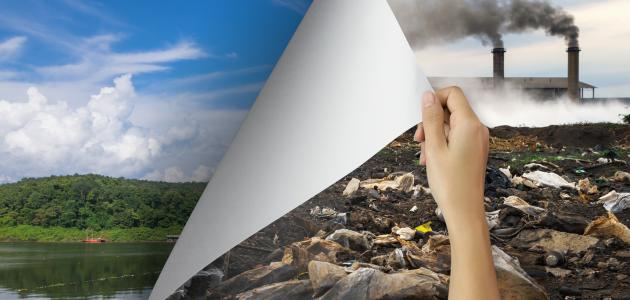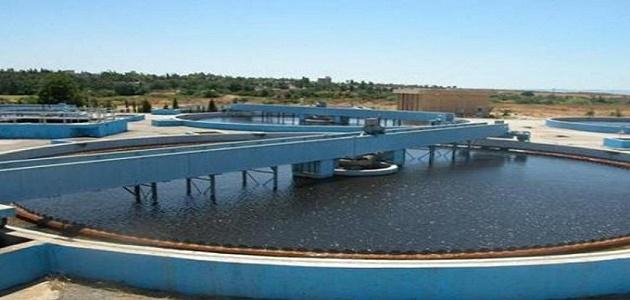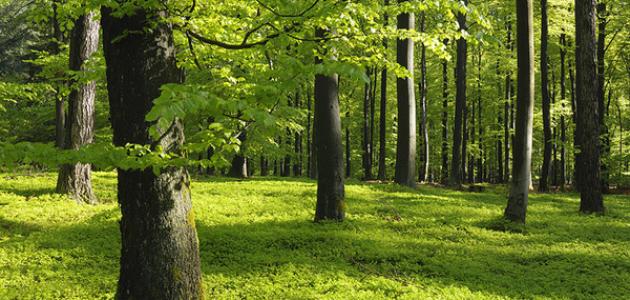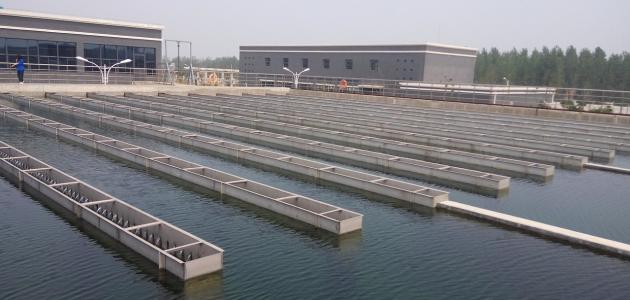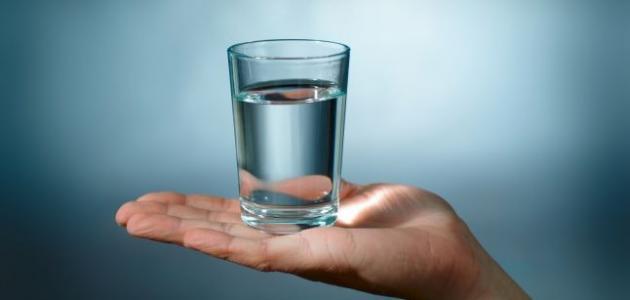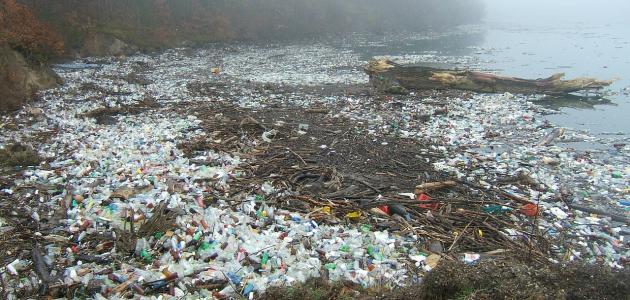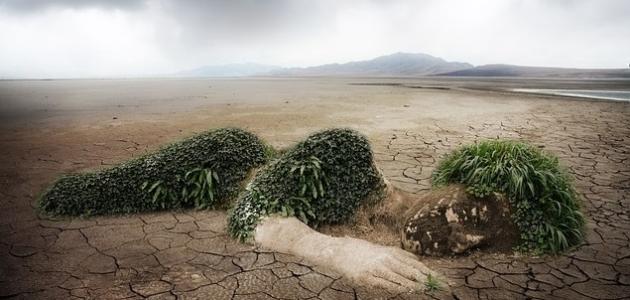Measuring the degree of air pollution
We can know the level of air cleanliness in a specific geographical area through the air quality index, which is useful in determining whether the area is fit to be inhabited or not, and is also useful in measuring the effectiveness of implementing policies to reduce air pollution, and the Environmental Protection Agency (in English: Environmental Protection Agency has developed what is called the Air Quality Index to measure the quality of the air in the atmosphere, which is as follows:
| Class | Air quality | Description |
|---|---|---|
| 0-50 | جيد | The air is clean, and there is no danger. |
| 51-100 | Moderate | The air is acceptable to most people, and a small percentage of people may be affected by it, especially those who have respiratory diseases. |
| 101-150 | Unhealthy for sensitive people | The air is slightly polluted, and it is unhealthy for people who suffer from severe allergies, as it affects individuals who suffer from some heart and respiratory diseases, and young children and the elderly may be more susceptible to it. |
| 151-200 | unhealthy | The air is polluted and generally unhealthy for all people, and may become more dangerous for people with allergies. |
| 201-300 | Highly unhealthy | The air is highly polluted and unhealthy, and all people are affected by it, and the competent authorities must inform citizens in the area about the pollution occurring |
| 301-500 | Dangerous | The air is very polluted, and its health consequences will be bad for all citizens, and the concerned authorities must declare a state of emergency. |
Air pollution rates in every country around the world can be viewed directly through the following link: Click here.
Read also:stages of wastewater treatment
prevention of atmospheric pollution
Some steps can be taken to limit people's exposure to polluted air after checking the air quality index in the required area using sites that provide this information, and these steps include:
- Study the movement of the wind and know the directions from which the wind comes, bringing with it polluted air, to avoid it.
- Identify the times during the day when air pollutants are most abundant in order to avoid them. Pollution levels increase in the presence of sunlight in areas where vehicle and factory emissions are high, for example.
- Use air purifiers inside the home to reduce the percentage of pollutants in it.
- Reducing daily activities during which people are exposed to polluted air, and doing light physical efforts instead of strenuous activities. Such as replacing running with walking, which can allow large amounts of polluted air to enter the body.
The most important types of pollutants and how to prevent them
ozone
Despite the great benefit of the ozone layer in preventing harmful ultraviolet rays from reaching the Earth, ozone gas is considered very harmful when it is present near the Earth’s surface. Because it is the main component of smog (in English: Smog), which causes some diseases for people, and is produced when emissions resulting from burning fossil fuels in vehicles, factories, and power plants interact with sunlight, and the amount of ozone increases when the percentage of mentioned emissions increases, especially during peak hours when Traffic is at its peak.
Read also:waste and how to dispose of itThe method of preventing ozone damage varies due to the difference in the degree of the air quality index in a particular area, as follows:
| Air quality degree | Methods of prevention |
|---|---|
| 0-50 | All activities can be carried out without any effect of ozone on people. |
| 51-100 | Highly sensitive individuals should reduce strenuous outdoor activities for long periods of time. |
| 101-150 | It is necessary to reduce all strenuous or prolonged outdoor activities by children, the elderly, people with lung diseases such as asthma, and all people who perform various activities outdoors. |
| 151-200 | The people mentioned previously should reduce strenuous and long outdoor activities as well, and all other people should limit outdoor activities that require long periods of time as well. |
| 201-300 | All people should limit exposure to outside air even for short periods of time. |
particles
Fine particles (in English: Particulate matter) are known as small solid and liquid particles that can enter the lungs and cause many respiratory diseases. These particles are divided into two parts: Particles with a thickness of some between 2.5-10 micrometers are called (PM10) and arise from dust found on roads, and from grinding and crushing operations, and particles with a thickness of less than 2.5 micrometers are called (PM2.5), and arise from various combustion processes such as burning forests, or Fossil fuels, or they can arise from the combination of ammonia with factory emissions, and these pollutants cannot be seen without the use of an electron microscope.
Read also:Environmental effects of burning coal as a fuelFine particulate matter (PM2.5) can travel to the lungs and other organs of the body through the bloodstream, and an increase in their percentage in the human body leads to heart attacks, cardiac arrhythmia, and exacerbation of asthma. And bronchitis, in addition to difficulty breathing, chest tightness, coughing, palpitations, fatigue, and other symptoms, while (PM10) causes pain in the eyes, runny nose, in addition to coughing, and shortness of breath for people who suffer from heart and lung diseases.[XNUMX] Therefore, strenuous activities and various outdoor activities must be reduced to reduce the risk of these pollutants. However, this varies according to the health status of people and also varies according to air quality indicators, which are as follows:
| Air quality degree | Methods of prevention |
|---|---|
| 0-50 | Fine particles have no effect on people. |
| 51-100 | Highly sensitive individuals should limit strenuous and outdoor activities. |
| 101-150 | Children, the elderly, and people with lung disease or heart disease should reduce all strenuous or prolonged outdoor activities. |
| 151-200 | All people should reduce strenuous activities that require long periods of time, including children, the elderly, and people with lung or heart disease. |
| 201-300 | All people should limit exposure to outside air for long periods of time, and reduce strenuous outdoor activities. |
Carbon Monoxide
Carbon monoxide gas is formed from the incomplete combustion of carbon. It is a colorless and odorless gas. It is found frequently in cold weather conditions as a result of the effect of cold temperatures on the completion of the combustion process. Therefore, it remains near the surface of the Earth, and various vehicles and means of transportation are the largest producers of this gas. In addition to factories, forest fires, and burning wood in stoves, this gas leads to a decrease in the amount of oxygen gas that reaches the body, and an increase in the proportion of this gas in large quantities in the body sometimes leads to death, and carbon monoxide gas causes confusion and dizziness. And blurred vision also if it is present at a high rate.
Carbon monoxide causes many health problems for various people, but fetuses and people with heart disease are most vulnerable to the effects of this gas. The effects of exposure to it include nausea, headaches, and fatigue, in addition to loss of consciousness sometimes. It is difficult to have this gas in high concentrations. It is significant in the open air, but it is found more indoors, and the effects of this gas do not appear in the outdoor atmosphere in places with clean or moderate air.
The method of preventing carbon monoxide damage varies due to the difference in the degree of the air quality index in a particular area, as follows:
| Air quality degree | Methods of prevention |
|---|---|
| 0-100 | Carbon monoxide has no health effect. |
| 101-150 | People who suffer from heart diseases, such as angina, should avoid sources of carbon monoxide emissions, such as traffic jams, in addition to reducing strenuous activities. |
| 151-200 | People with heart disease should avoid all moderate activities, and they should also stay away from sources of carbon monoxide, such as traffic jams. |
| 200-300 | Heart patients must avoid all strenuous activities, in addition to staying away from sources of carbon monoxide. |
sulfur dioxide
Sulfur dioxide is produced in facilities that use coal or fuel that contains sulfur in their work, such as oil refineries and power generation plants. It is difficult for this gas to enter the human body through the nose, but it leaks into the body when a person breathes through the mouth, and this leads to The gas causes many diseases and health problems, including: shortness of breath and chest pain, and upon long-term exposure to this gas, some health problems are exacerbated, such as: asthma, cough, vascular diseases, and chronic lung diseases, and the symptoms of this gas appear faster when it enters. To the body in high concentration, and it is worth noting that sulfur dioxide gas contributes to the formation of fine particles as well.
There are many steps that can be taken to avoid the effects of sulfur dioxide gas, and these steps include the following:
| Air quality degree | Methods of prevention |
|---|---|
| 0-100 | There is no effect of sulfur dioxide gas. |
| 101-150 | People with asthma should limit outdoor activities. |
| 151-200 | It is necessary to reduce outdoor activities by children, asthmatics, and those with heart and lung disease. |
| 201-300 | All people should avoid all outdoor activities. |

